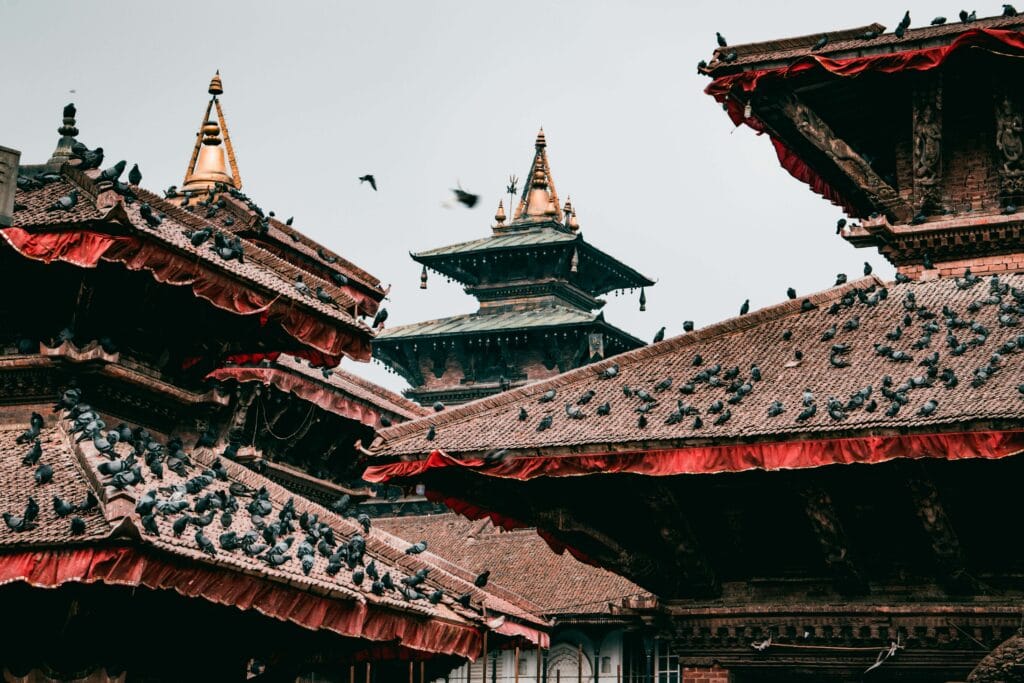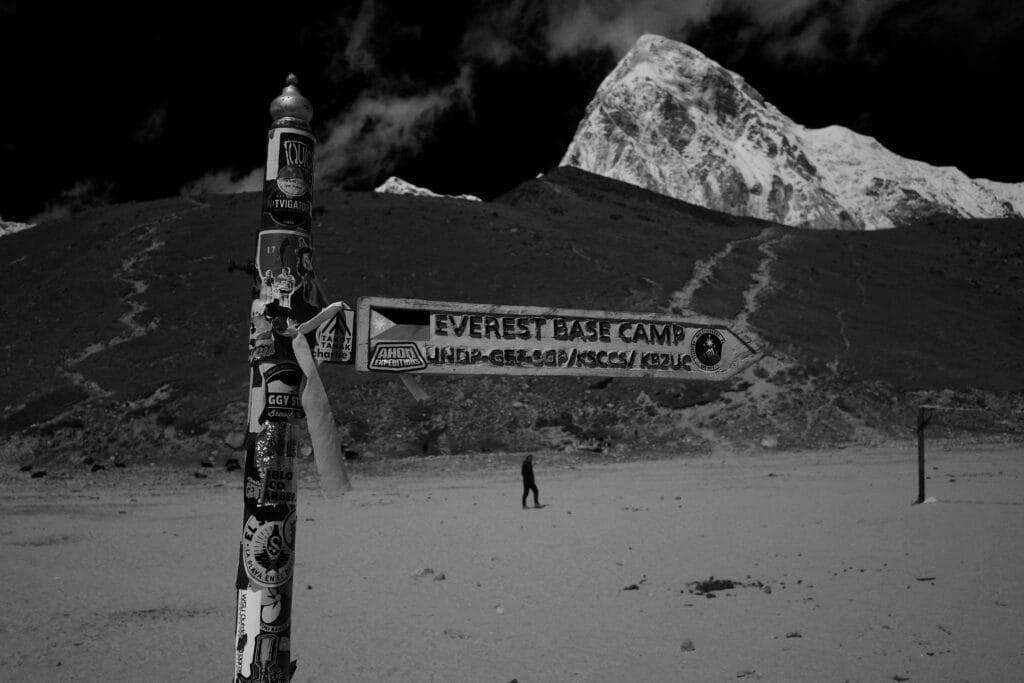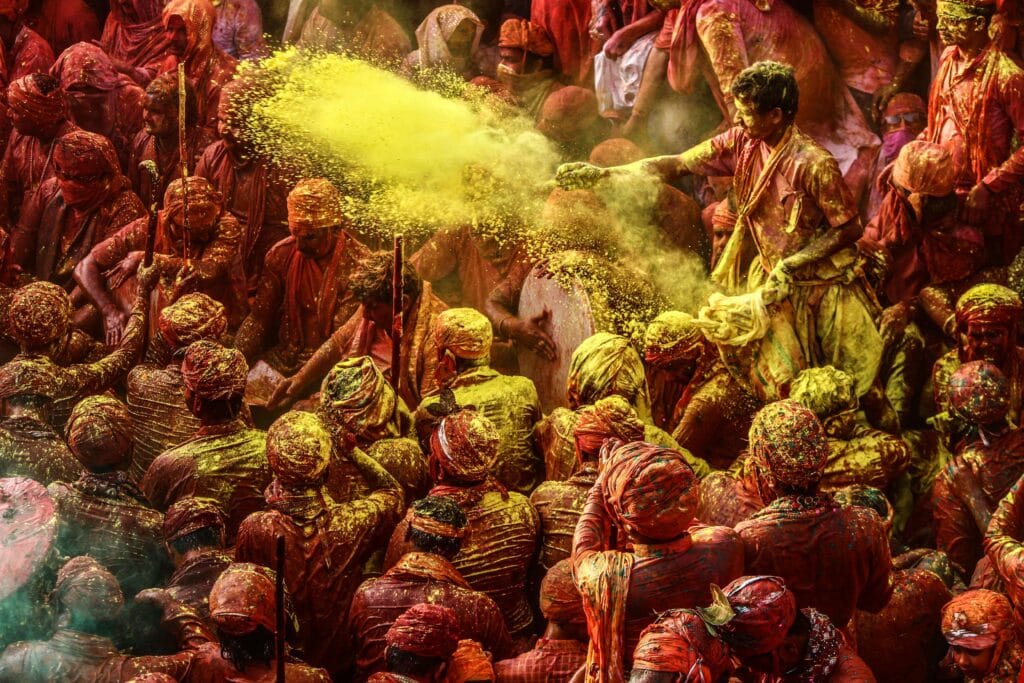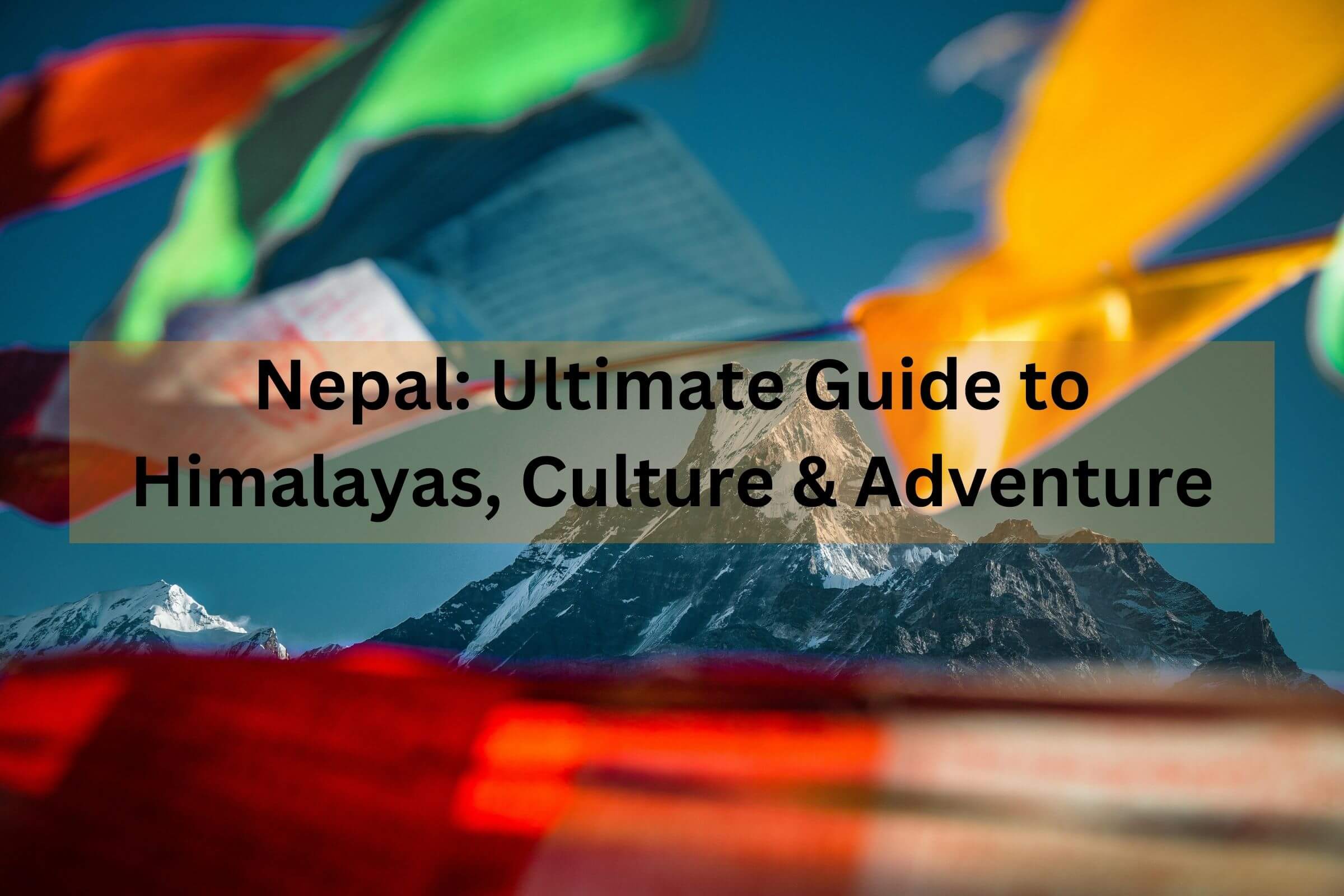Discover Nepal explore trekking routes, UNESCO sites, cultural gems, and insider tips for Kathmandu, Pokhara, Chitwan, and beyond.
Nepal – Where Mountains Meet Mysticism
Nepal, a landlocked gem nestled between India and Tibet, is a country of staggering contrasts. Home to eight of the world’s ten tallest peaks, including Mount Everest, it’s a magnet for adventurers. Yet, beyond the Himalayas lies a tapestry of ancient temples, vibrant festivals, and warm hospitality. In 2025, Nepal is reclaiming its spot as a top global destination, blending timeless traditions with sustainable tourism.
Nepal’s Top Destinations: Beyond the Himalayas
Kathmandu Valley: The Cultural Heartbeat
The Kathmandu Valley, a UNESCO World Heritage Site, is Nepal’s historical and cultural nucleus. Three ancient cities dominate the valley:
- Kathmandu: Explore the bustling Thamel district, the sacred Pashupatinath Temple (a major Hindu pilgrimage site), and Swayambhunath Stupa (Monkey Temple), where monkeys guard a 2,000-year-old Buddhist shrine.
- Bhaktapur: Wander through Bhaktapur Durbar Square, famed for its 55-Window Palace and Nyatapola Temple, a five-story pagoda dedicated to the Hindu goddess Siddhi Lakshmi.
- Patan: Discover intricate wood carvings at Patan Durbar Square and the golden facade of Hiranya Varna Mahavihar.

Pokhara: Gateway to Adventure
Pokhara, Nepal’s second-largest city, is a serene lakeside retreat and the starting point for treks like the Annapurna Circuit and Ghorepani Poon Hill.
- Phewa Lake: Rent a paddleboat or paraglide above the lake for panoramic views of the Annapurna range.
- World Peace Pagoda: Hike or bike to this gleaming white stupa for sunrise vistas.
- Davis Falls and Gupteshwor Cave: Marvel at the underground cave shrine adjacent to a powerful waterfall.
Chitwan National Park: Wilderness Unleashed
A UNESCO World Heritage Site, Chitwan is Nepal’s answer to the African safari.
- Jungle Safaris: Spot Bengal tigers, one-horned rhinos, and crocodiles on elephant-back or jeep tours.
- Tharu Culture: Experience traditional stick dances and stay in eco-friendly lodges run by indigenous Tharu communities.
Lumbini: Birthplace of Buddha
A pilgrimage site for Buddhists worldwide, Lumbini’s sacred garden features:
- Maya Devi Temple: Marking Buddha’s exact birthplace.
- Monastic Zone: Explore monasteries built by countries like Thailand, Japan, and Germany, each reflecting unique architectural styles.
Everest Region: Trekking to the Roof of the World
The Everest Base Camp (EBC) Trek is Nepal’s crown jewel.
- Sagarmatha National Park: Trek through Sherpa villages like Namche Bazaar and Tengboche, with views of Ama Dablam and Everest.
- Alternative Routes: Opt for the Gokyo Lakes Trek or Three Passes Trek for fewer crowds.

Trekking in Nepal: Routes, Seasons, and Survival Tips
Popular Trekking Routes
- Everest Base Camp (12–14 days):
- Highlights: Kala Patthar viewpoint (5,643m), Sherpa culture, and the Namche Bazaar acclimatization stop.
- Difficulty: Moderate to challenging.
- Annapurna Circuit (15–20 days):
- Highlights: Thorong La Pass (5,416m), Muktinath Temple, and apple orchards in Marpha.
- Difficulty: Moderate.
- Langtang Valley (7–10 days):
- Highlights: Tamang heritage, Kyanjin Gompa, and Langtang Lirung views.
- Difficulty: Easy to moderate.
- Manaslu Circuit (14–18 days):
- Highlights: Remote trails, Tibetan-influenced villages, and Larkya La Pass (5,106m).
- Difficulty: Challenging.
Best Time to Trek
- Spring (March–May): Rhododendron blooms and mild temperatures.
- Autumn (September–November): Clear skies and ideal visibility.
- Avoid monsoon (June–August) and winter (December–February) for most routes.
Essential Trekking Tips
- Acclimatize Properly: Ascend slowly to avoid altitude sickness. Take rest days in Namche Bazaar (EBC) or Manang (Annapurna).
- Pack Smart: Layers, a reusable water bottle, and broken-in hiking boots are key.
- Hire a Guide/Porter: Supports local economies and enhances safety. Companies like Trekking Agencies’ Association of Nepal (TAAN) offer certified professionals.
Nepal’s UNESCO World Heritage Sites: A Cultural Deep Dive
Nepal boasts 10 UNESCO World Heritage Sites, including:
Kathmandu Valley’s Seven Monuments
- Basantapur Durbar Square: The former royal palace complex with the Kumari Ghar (Living Goddess’s residence).
- Patan Durbar Square: Known for its Krishna Mandir and golden toranas (carved gateways).
- Bhaktapur Durbar Square: Home to the 55-Window Palace and Vatsala Temple.
- Swayambhunath Stupa: One of the oldest Buddhist sites in Nepal.
- Boudhanath Stupa: A massive mandala-shaped stupa central to Tibetan Buddhism.
- Pashupatinath Temple: A sacred Hindu complex where cremation ceremonies occur along the Bagmati River.
- Changu Narayan Temple: The oldest Hindu temple in the valley, dating to the 4th century.
Natural and Mixed Sites
- Chitwan National Park: Protects endangered species like the Bengal tiger.
- Sagarmatha National Park: Encompasses Everest and unique Sherpa culture.
- Lumbini: Buddha’s birthplace, a pilgrimage site for 500 million Buddhists.

Cultural Immersion: Festivals, Food, and Traditions
Festivals to Plan Your Trip Around
- Dashain (September/October): Nepal’s largest Hindu festival, marked by family reunions, kite flying, and animal sacrifices.
- Tihar (October/November): The “Festival of Lights,” where homes are decorated with oil lamps to honor animals and siblings.
- Holi (March): A riot of color, music, and dance celebrating spring.
- Indra Jatra (September): Kathmandu’s eight-day festival featuring masked dances and the Kumari Jatra procession.
Nepali Cuisine: A Flavorful Journey
- Dal Bhat: The national dish—lentil soup, rice, and curried vegetables. Trekkers swear by its energy-boosting powers.
- Momo: Tibetan-inspired dumplings filled with meat or veggies, served with spicy tomato chutney.
- Newari Platter: A feast including Choila (spiced grilled meat), bara (lentil pancakes), and Yomari (sweet rice dumplings).
- Gundruk: Fermented leafy greens, a staple in mountain villages.
Nepal Travel Tips for 2025: Visas, Safety, and Budget
Visa and Entry Requirements
- Visa on Arrival: Available at Tribhuvan International Airport for most nationalities (15-90 days ; 30-125).
- E-Visa: Apply online beforehand to skip airport queues.
Health and Safety
- Vaccinations: Recommended for hepatitis A, typhoid, and rabies.
- Altitude Sickness: Consult a doctor about Diamox before high-altitude treks.
- Water: Stick to bottled or purified water. Avoid raw salads.
Budget Breakdown
- Backpacker: $ 20–30/day (hostels, local meals, buses).
- Mid-Range: $ 50–100/day (guesthouses, guided tours, domestic flights).
- Luxury: $150+/day (boutique hotels, private guides, helicopter tours).
Sustainable Tourism: Traveling Responsibly in Nepal
- Community Homestays: Stay in villages like Ghalegaun (Gurung community) or Sirubari (first community-based tourism project).
- Plastic-Free Trekking: Carry a reusable bottle and purification tablets.
- Wildlife Conservation: Choose ethical elephant sanctuaries over riding camps.
Getting Around Nepal: Transport Guide
- Domestic Flights: Connect Kathmandu to Pokhara, Lukla, or Bharatpur. Note: Mountain weather often delays flights.
- Tourist Buses: Comfortable coaches for routes like Kathmandu–Pokhara (6–8 hours;
- Local Buses: Cheap but crowded; opt for “microbuses” for shorter trips.
Conclusion: Nepal – A Land of Infinite Discovery
Nepal is more than a destination; it’s a transformative experience. Whether you’re meditating in Lumbini, summiting a Himalayan pass, or savoring momos in a Kathmandu alley, this country leaves an indelible mark. With this guide, you’re equipped to explore Nepal’s wonders responsibly and unforgettably.
